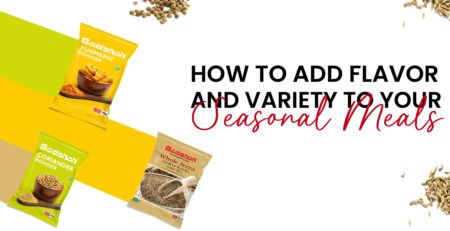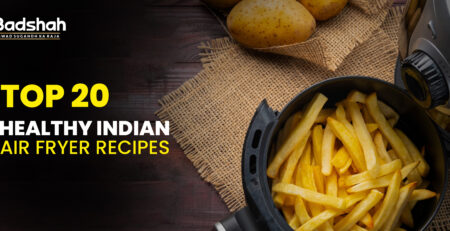Tradition on a Platter: 5 Iconic Dishes of Indian Festivals
India is a land of rich culture and tradition, and this is reflected in its food. Each festival in India has its own special traditional dishes of India, which are often prepared using traditional ingredients and methods.
In this blog, we will tell you about 5 festivals in India and 5 iconic dishes from Indian states made during these festivals.
Indian festival dishes and the festivals they are made for!
1. Ladoos for Diwali
Diwali, the festival of lights, is one of the most popular festivals in India. It is a time for families to come together and celebrate, and no Diwali feast is complete without the Indian festival dish, ladoos.
Laddoos come in special dishes for festivals. They are sweet balls made of semolina, sugar, and nuts. They are often decorated with edible silver or gold foil.
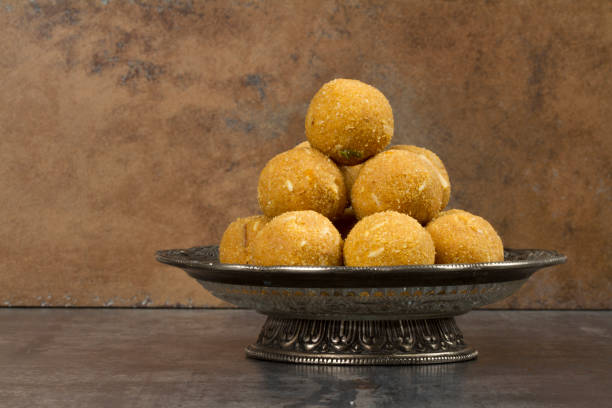
2. Pongal for Pongal
Pongal is a harvest festival, a traditional festival in India, celebrated in South India. It is a time to give thanks for the bountiful harvest and to welcome the new year.
The main dish of Pongal is a rice dish made with milk, jaggery, and spices. It is often served with a variety of other dishes, such as vada, pongal vadai, and payasam.
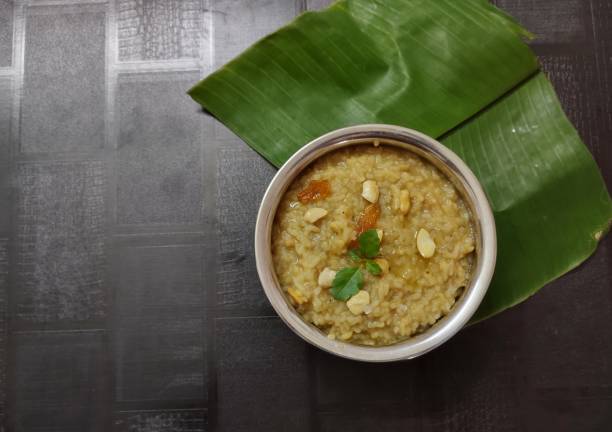
3. Biryani for Eid
Eid is a Muslim festival of Indian culture that celebrates the end of Ramadan, the month of fasting. Biryani, a traditional dish of India, is a rice dish that is popular all over India, but it is especially popular during Eid.
Biryani is made with rice, meat, vegetables, and spices, and it is often cooked in a dum pukht style, which means that it is cooked in a sealed pot over low heat.
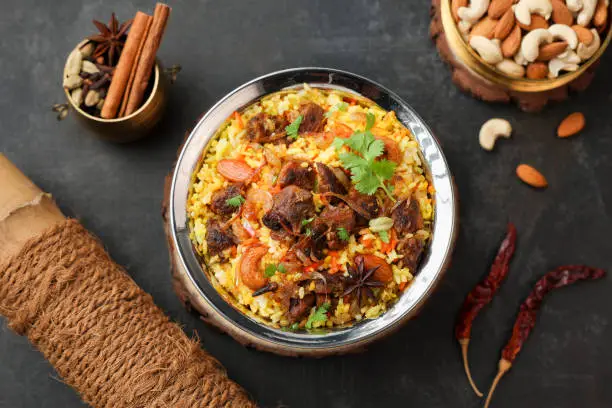
4. Ghughra for Holi
Holi is a spring festival celebrated all over India. It is a time for people to let loose and have fun, and it is also a time to eat delicious food.
Ghughra is a fried snack, an Indian festival dish, made from gram flour and spices. It is often filled with a sweet or savory filling, such as mashed potatoes or lentils.
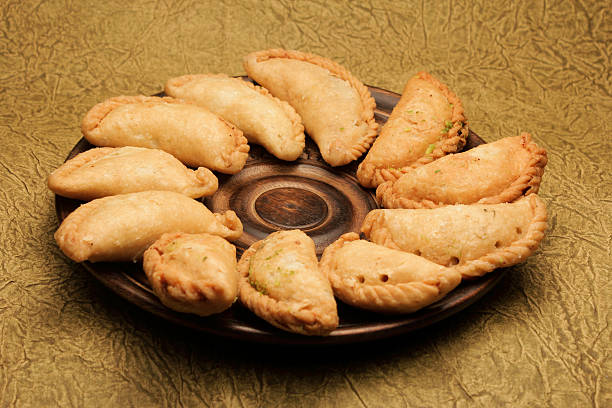
5. Kheer for Ganesh Chaturthi
Ganesh Chaturthi is a festival that celebrates the birth of Lord Ganesha. It is a time for people to pray to Ganesha for his blessings.
Kheer is a sweet, special dish for festivals, made from rice, milk, and sugar. It is often served as a dessert during Ganesh Chaturthi.
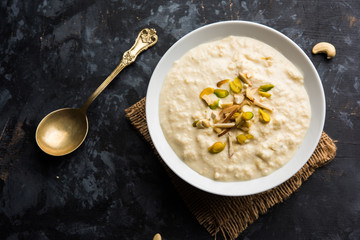
Summing up!
These are just a few of the many iconic traditional dishes of India that are enjoyed during festivals. Each dish has its own unique story and significance, and they all contribute to the rich cultural heritage of India and enrich the festivals of Indian culture.
Where to find these traditional dishes of India?
The best place to find these dishes is at traditional Indian homes. The authentic way in which these dishes are made in Indian homes is unmatchable. The dishes of Indian states are each unique and have been handed down in the family as heirlooms from one generation to the other. However, you might find slight changes in the recipes of a particular family different from the others. Tastes change slightly as per one’s preference, however, the soul of the dish remains intact.
Conclusion
Indian food is a diverse and delicious cuisine that is enjoyed by people all over the world. The dishes mentioned in this blog post are just a few of the many iconic dishes that are enjoyed during Indian festivals. Each dish has its own unique story and significance. If you’re looking for the recipes for traditional dishes of India and want to try out Indian festival dishes made with Indian festival recipes, then you can go and check out the recipe section on our website. The traditional Indian recipes should be made with traditional Indian masalas that bring out the authentic taste of the dishes, and that is why we recommend you try our wide range of masalas, which have been the core of Indian dishes for over 65 years.
Swad Sugandh Ka Raja,
Badshah Banaye Badhiya Khana,







